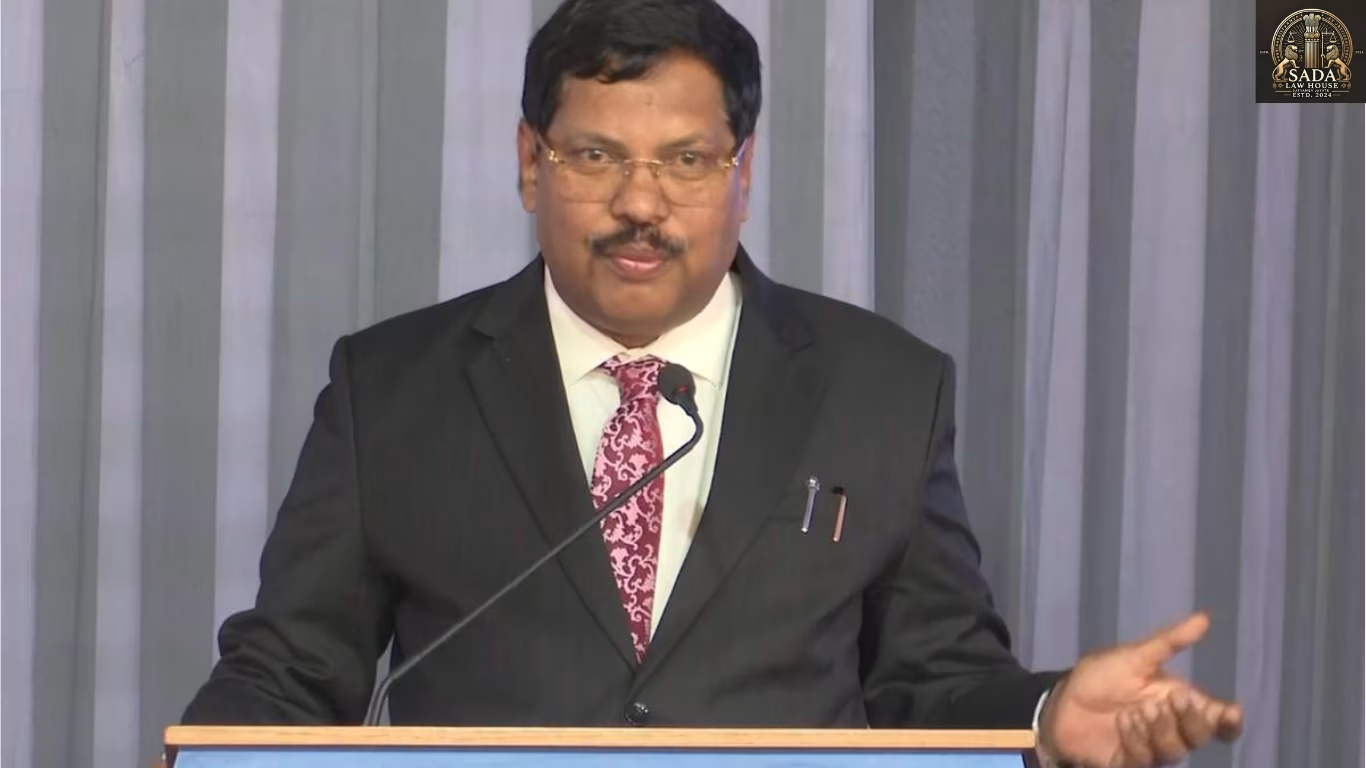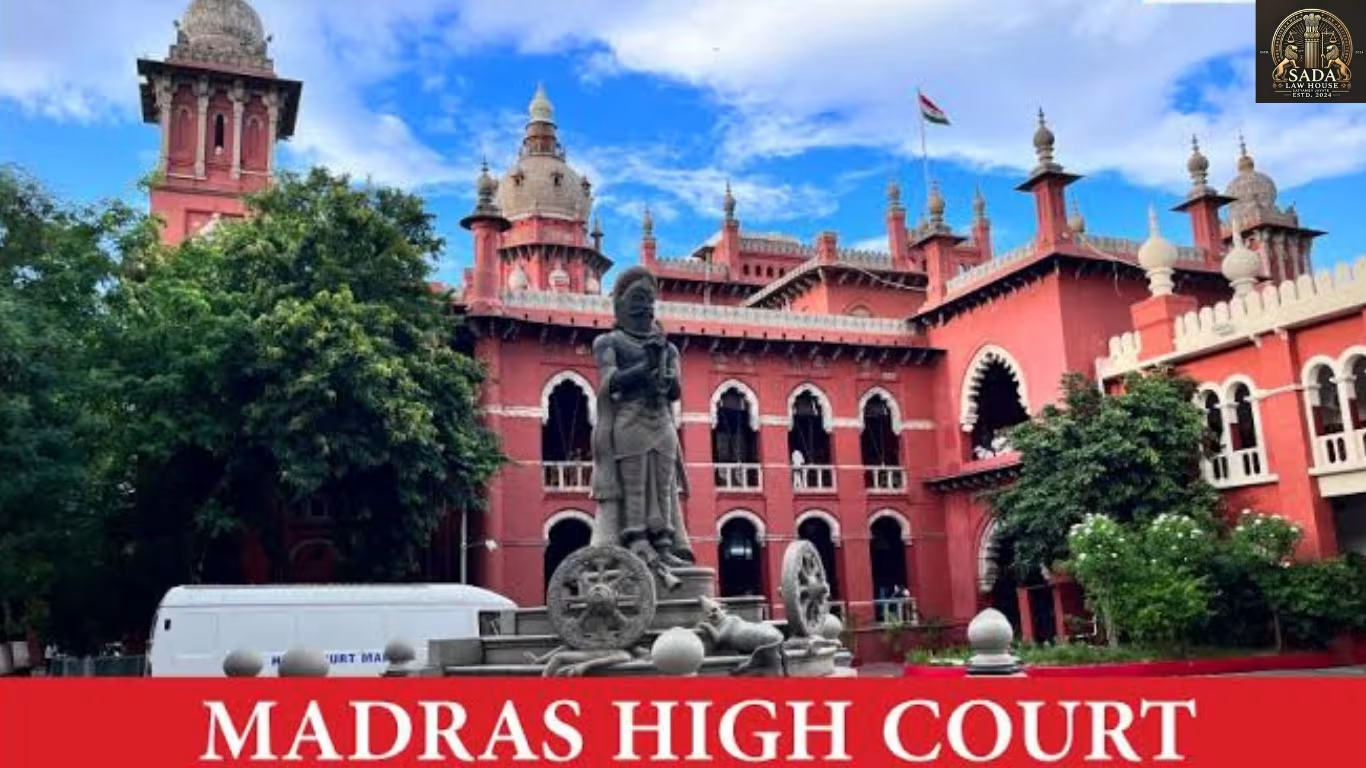Supreme Court Questions Centre on Governors’ Inaction Over Bills
- Kashak Agarwala
- 11 September 2025

Introduction:
On 10 September 2025, the Supreme Court of India questioned the Centre over its claim that Governors delaying assent to bills was a “false alarm.” A Constitution Bench led by CJI B.R. Gavai examined a Presidential Reference under Article 143, seeking clarity on the constitutional boundaries of gubernatorial powers in light of earlier rulings. The case probes the balance between state autonomy and the discretionary role of Governors in India’s federal structure.
Background:
The reference stems from the Court’s April 2025 ruling in State of Tamil Nadu v. Governor of Tamil Nadu, which held that Governors cannot indefinitely withhold assent to bills and must act within a “reasonable period.” President Droupadi Murmu referred fourteen constitutional questions, including whether courts may prescribe timelines where the Constitution is silent, and whether such constraints violate gubernatorial discretion under Articles 200 and 201.
Key Developments:
Solicitor General Tushar Mehta argued that of 17,000 bills presented between 1970–2025, only 20 were denied assent, and 90% cleared within a month.
The Bench challenged this, citing instances where bills had been pending for over four years.
Telangana’s counsel emphasized that Governors’ powers must remain limited, warning against expanded discretion undermining federalism.
Senior advocates argued that assent is part of the legislative process, not legislative power, and delays harm governance and citizens’ rights.
Petitioners stressed the need for a constitutional “right to time,” linked to Article 14’s guarantee of equality.
The Centre rebutted that Governors are not mere “postmen,” but have a consultative role to ensure constitutional compliance.
Issues:
Timeframe Ambiguity – Whether Governors and the President can indefinitely withhold assent or must act within judicially prescribed timelines.
Federal Balance – How far gubernatorial discretion can extend without weakening state autonomy.
Democratic Rights – Whether citizens can be deprived of governance by executive procrastination.
Judicial Authority – The extent of the Supreme Court’s power to create procedural norms where the Constitution is silent.
Current Status:
As of 10 September 2025, the Constitution Bench is continuing hearings, with SG Mehta set to conclude his submissions. The Court is expected to soon reserve its advisory opinion, which will provide decisive clarity on the scope of gubernatorial and presidential powers over state legislation—an issue central to India’s federal design.
Conclusion:
The Supreme Court’s ruling will shape the constitutional boundaries of Governors’ roles in the legislative process. At stake is the delicate balance between ensuring federal accountability and protecting state autonomy. The judgment could curb executive delays, fortify democratic processes, and redefine the scope of discretionary power under Articles 200 and 201.






